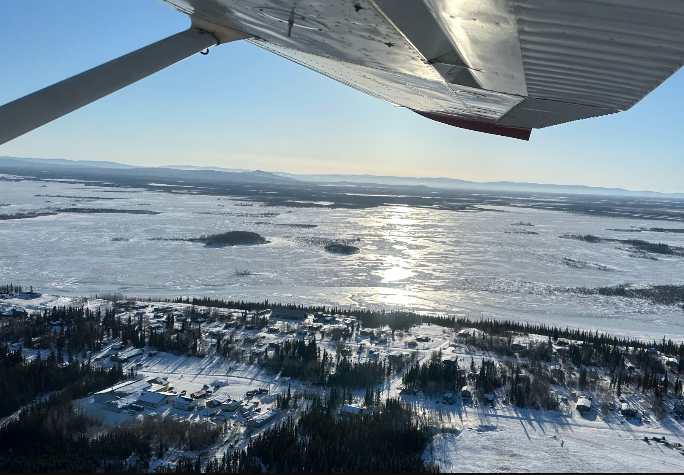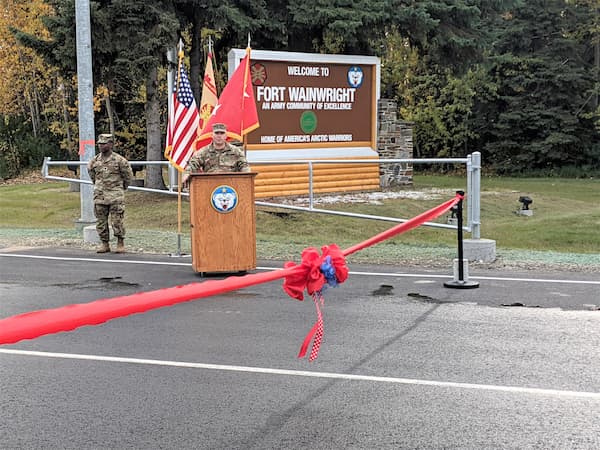
The National Transportation Safety Board released the first of three reports on the December 7th Fort Wainwright crash that took the life of former State Representative Mike Kelly on Tuesday.
According to the preliminary report, Kelly took off from the Chena Marina Airport at 10:26 am, in his ski-equipped Bellanca Citabria, with his intended destination of the Tanana Flats Southern Training Area. The weather that day was clear, with a slight breeze of 3 knots and visibility estimated to be 10 miles.
According to the maintenance technician who had recently performed work on the aircraft, Kelly had taken his aircraft up to perform “a post-maintenance test flight for recently installed Micro Vortex Generators.”
While sounding complex, Micro Vortex Generators are small vanes usually attached near the leading edge of lifting surfaces such as the wings and horizontal stabilizers of an aircraft. They are used to increase the maximum take-off weight, reduce the stall speed, and smooth out the ride in turbulence.[xyz-ihs snippet=”adsense-body-ad”]In addition to the installation of the Micro Vortex Generators, Kelly’s aircraft also had Landis 2000A penetration skis, a new throttle and new alternator installed prior to the ill-fated flight.
According to the NTSB report, the Garmin 296 Global Positioning System (GPS) recovered from the scene, revealed that Kelly’s aircraft “performed three full turns at various altitudes between 1,500 feet to 1,700 feet, followed by a long descending flight path to the southeast that included ground speeds at 26 knots (30 mph) at about 400 feet above the ground with some acceleration prior to ground impact.”
According to specs on the Citabria, its stall speed is calculated at 44 knots, or 51 miles per hour, well above the ground speed the aircraft was flying at just prior to crashing. Although the ground speed indicated is not necessarily the airspeed of the Citabria, the report indicates that the aircraft was flying very slow, and indicates that it is very possible that the aircraft stalled at low altitude.
It should be said though, that the NTSB has not made a final determination as to whether the aircraft stalled and will continue to evaluate the data before releasing its determination.
The NTSB report indicated that at 10:31 am, Kelly “requested that Fairbanks tower activate his VFR flight plan.” A few minutes later Kelly made his last transmission asking “if the restricted airspace R-2211 was hot, and tower reported it “cold.”
The GPS indicated that all movement ceased at 10:44 am.
At approximately 1:10 pm that day, “two U.S. Army CH-47 helicopters from the 1-52d Aviation Regiment heard a faint Emergency Locator Transmitter (ELT) beacon signal on VHF Guard, 121.5 Mhz,” the report revealed. A crewmember got a visual on the downed aircraft and one of the choppers landed and three soldiers went to investigate the wreckage and found Kelly with “fatal injuries.”
Kelly’s remains were recovered on December 9th when “the NTSB IIC, Noreen Price, together with another NTSB investigator, two FAA safety inspectors, and two Alaska State Troopers,” traveled to the scene seven miles south of Clear Creek Butte via helicopter.
The wreckage of the Citabria was recovered the next day, December 10th, and transported via helicopter to a hanger in Fairbanks, where in the following days, the wreckage was examined.
The report can be read here.(PDF)[xyz-ihs snippet=”Adsense-responsive”]








